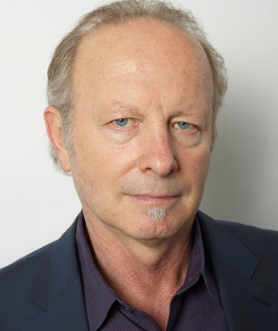Internacionales

Joseph LeDoux

Universidad de Nueva York
Profesor de neurociencia y psiquiatría de la Universidad de Nueva York,en donde también dirige el Emotional Brain Institute, sus investigaciones se centran en los mecanismos cerebrales relacionados a la memoria y las emociones. Entre sus trabajos más destacados se encuentran los libros The Emotional Brain (2015), Synaptic Self (2003) y Anxious: Using the Brain to Understand Treat Fear and Anxiety (2015).
Presentación"https://cdnjs.cloudflare.com
As Soon As There Is Life, There Is Danger
"https://cdnjs.cloudflare.com
Sumilla:
Organisms face challenges to survival throughout life. When we freeze or flee in danger, we often feel fear. Tracing the deep history of danger give a different perspective. The first cells living billions of years ago had to detect and respond to danger in order to survive. Life is about not being dead, and behavior is a major way that organisms hold death off. Although behavior does not require a nervous system, complex organisms have brain circuits for detecting and responding to danger, the deep roots of which go back to the first cells. But these circuits do not make fear, and fear is not the cause of why we freeze or flee. Fear a human invention; a cultural construct we use to account for what happens in our minds when we become aware that we are in harm’s way. This requires a brain that can personally know that it exists at the moment, that its body is the entity that might be harmed in the present situation, and that someday it will cease to exist.